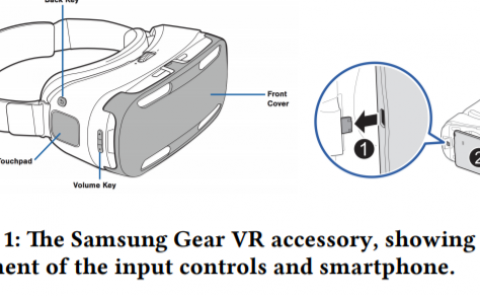Experiencing an elongated limb in virtual reality modifies the tactile distance perception of the corresponding real limb
Date:Jan 2024
Teams:UCBM
Writers:François Le Jeune (UCBM, Hybrid, IRISA), Marco D'Alonzo (UCBM), Valeria Piombino (UCBM), Alessia Noccaro (UCBM, Neurorobotics Lab), Domenico Formica (UCBM, Neurorobotics Lab), Giovanni Di Pino (UCBM)
Abstract
Holographic displays, which enable pixel-level depth control and aberration correction, are considered the key technology for the next-generation virtual reality (VR) and augmented reality (AR) applications. However, traditional holographic systems suffer from limited spatial bandwidth product (SBP), which makes them impossible to reproduce \textit{realistic} 3D displays. Time-multiplexed holography creates different speckle patterns over time and then averages them to achieve a speckle-free 3D display. However, this approach requires spatial light modulators (SLMs) with ultra-fast refresh rates, and current algorithms cannot update holograms at such speeds. To overcome the aforementioned challenge, we proposed a novel architecture, motion-enhanced holography, that achieves \textit{realistic} 3D holographic displays without artifacts by continuously shifting a special hologram. We introduced an iterative algorithm to synthesize motion-enhanced holograms and demonstrated that our method achieved a 10 dB improvement in the peak signal-to-noise ratio (PSNR) of 3D focal stacks in numerical simulations compared to traditional holographic systems. Furthermore, we validated this idea in optical experiments utilizing a high-speed and high-precision programmable three-axis displacement stage to display full-color and high-quality 3D focal stacks.


